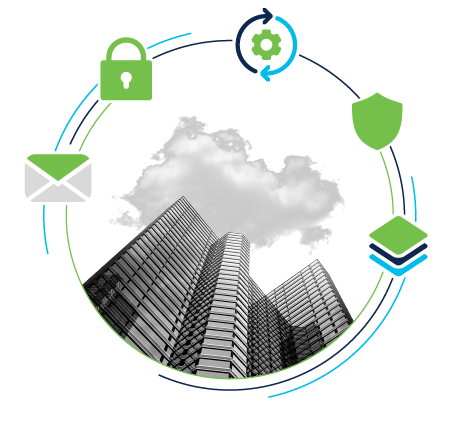Types of security platforms
Platforms based on a solution
A common example of a platform based on a solution is an endpoint protection platform (EPP), which prevents file-based malware and unwanted or malicious applications from running and causing harm. Many EPP solutions also offer endpoint detection and response (EDR) capabilities for protection against threats that evade initial controls.
Another example of a platform based on a solution is a next-generation firewall NGFW, which combines the functionality of traditional firewalls with intrusion prevention, application awareness and control, integrated threat intelligence, and more.
Platforms based on a SIEM or SOAR
Platforms based on SIEM (security information and event management) technology offer visibility and meaningful insights by collecting, aggregating, and analyzing information from different sources.
An upcoming platform in the security industry is based on SOAR (security orchestration, automation, and response) technology. SOAR platforms are similar to SIEMs in that they aggregate, correlate, and analyze alerts. However, SOAR technology goes a step further by integrating threat intelligence and automating incident investigation and response workflows based on playbooks developed by the security team.
Platforms based on a portfolio
Portfolio-based platforms make it easier to integrate the products you use now, as well as scale with products you will want to use in the future. These platforms strengthen your security across network, endpoints, cloud, and applications. They improve collaboration across shared workflows and teams while helping you realize desired outcomes informed by measurable, meaningful metrics and analytics.
These platforms enable a higher level of automation, which accelerates the detection and remediation of threats and reduces human error. Other attributes include centralizing policy management and harmonizing policies for both on-premises and cloud. Lastly, they integrate other vendors' technologies you might have, either out of the box or via APIs, enabling you to plug in your existing investments and reduce integration costs.

